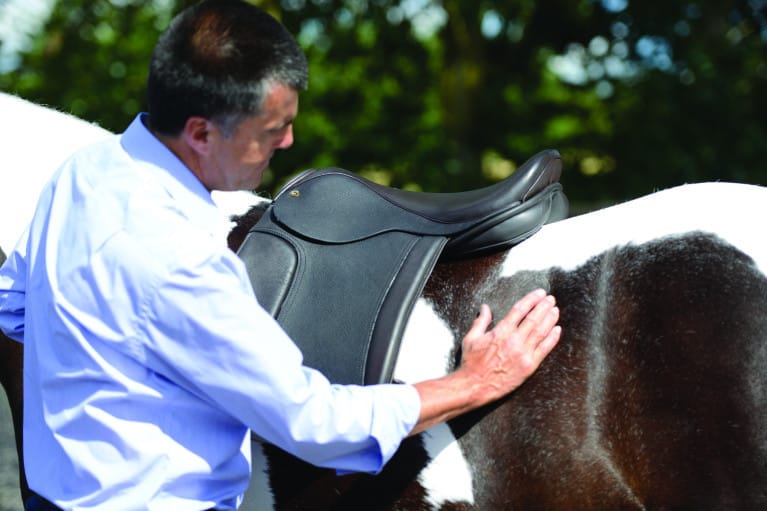Choosing a saddle is a big decision, and knowing when it might not be fitting and performing at its best is important, too. Master Saddler, Roger Coates, explains more

Saddles provide you with great assistance while you’re riding, allowing you to maintain a position that will least hinder your horse’s natural balance. Even the best designed and fitted saddle will not increase your horse’s ability to perform, but it can benefit his welfare and increase his comfort. The best saddle is a compromise that helps you to perform, but also limits damage to your horse’s body, so choosing the perfect saddle is a combination of finding the right design for your discipline, fit for your horse and fit for you, too.
Types of saddle
There are many different styles of saddle, all designed with a different discipline in mind. You’re most likely to come across general purpose, dressage and jumping saddles, but it’s also possible to find saddles designed for specific disciplines – for example, polo, racing and endurance. Each saddle will have different features, which should allow you to safely and easily adopt the positions needed within the discipline it’s designed for. Your saddle fitter will be able to advise you on the design that would suit you and your horse best.
General purpose
A general purpose (GP) saddle is what it says on the tin – designed to aid a rider in a variety of situations, including on the flat and over fences – and is, therefore ideal if you participate in a number of disciplines.
Dressage
Dressage saddles encourage you to adopt a classical positions and almost always have a deep seat, a long, straight-cut flap, large knee rolls, stirrup bars that are mounted further back, and long girth straps. Some have thigh blocks too.
Jumping
Most jumping saddles are close-contact, which means there is less saddle between you and your horse. They also tend to have a more forward-cut panel, a flatter and shallower seat, a square cantle, and knee and thigh rolls, which altogether allow you to easily adopt a jumping position.
Showing
Tradition showing saddles are shaped in a way that shows off your horse’s conformation. They tend to be very plain and flat-seated, with a square cantle, and most are brown leather, although black is becoming more common. These saddles also have a very straight-cut flap and often have a cut-back head to help best show off your horse’s movement.
To find out more about the different types of saddle and read Roger’s saddle-fitting tips, get your copy of September Horse&Rider, on sale 28 July.















